This video aims to help Art and design subject leaders gain an understanding of the Kapow Primary Art and design scheme of work, describing the knowledge and skills and how children make progress during primary school.
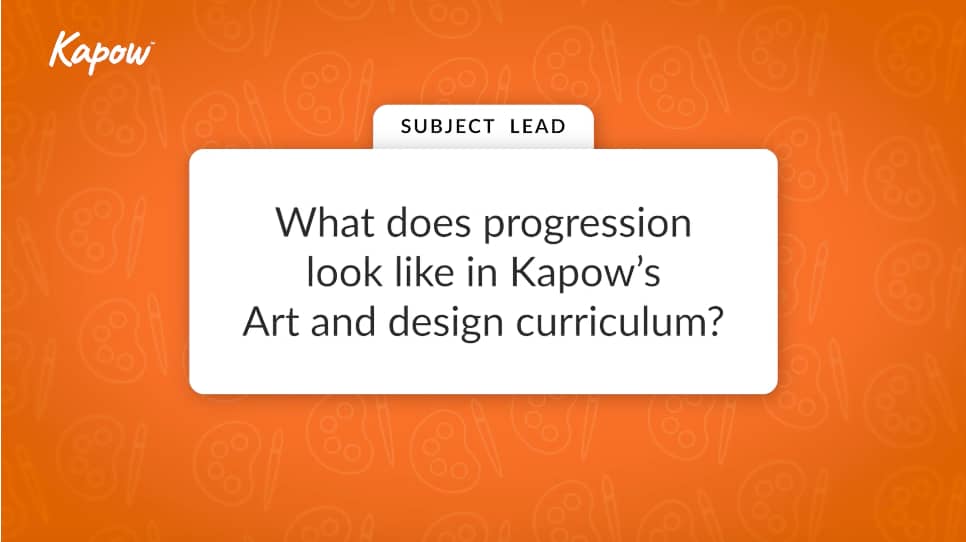
This video aims to help Art and design subject leaders gain an understanding of the Kapow Primary Art and design scheme of work, describing the knowledge and skills and how children make progress during primary school.
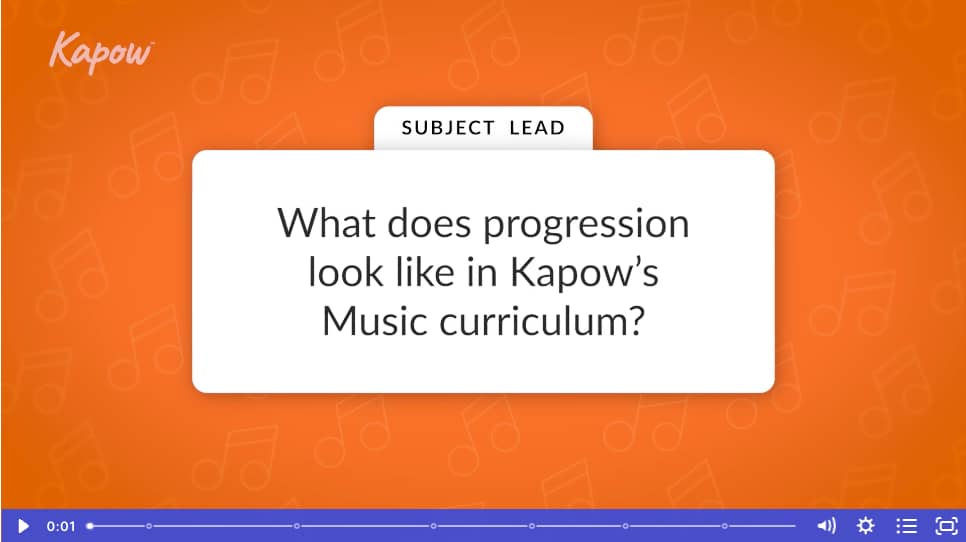
This video aims to help Music subject leaders gain an understanding of the Kapow Primary Music scheme of work, describing the knowledge and skills and how children make progress during primary school.
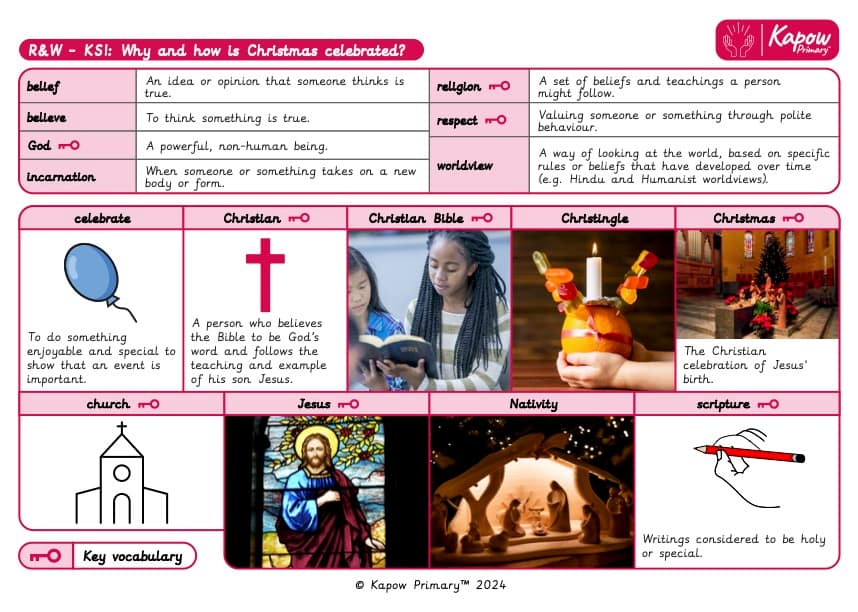

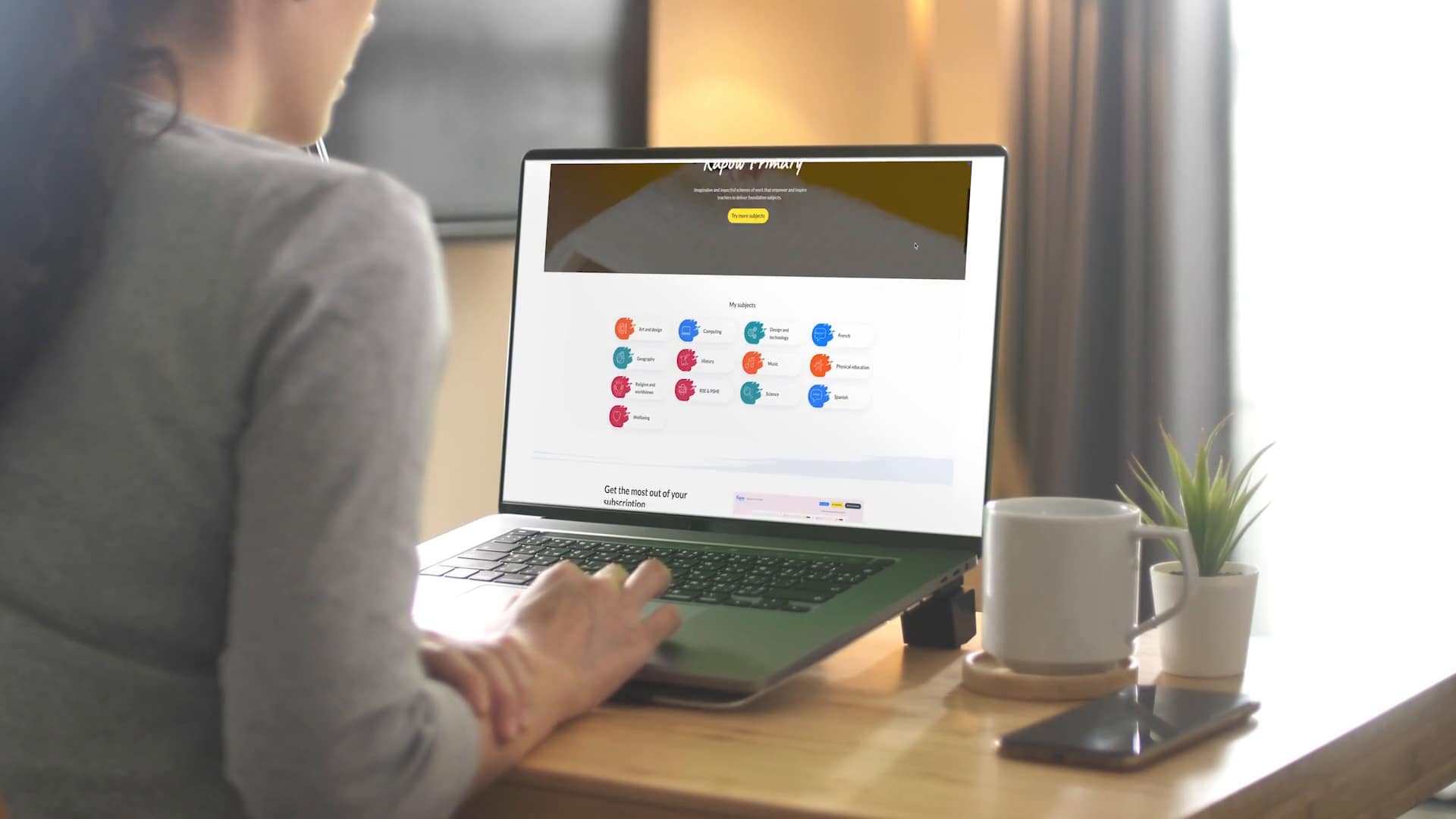
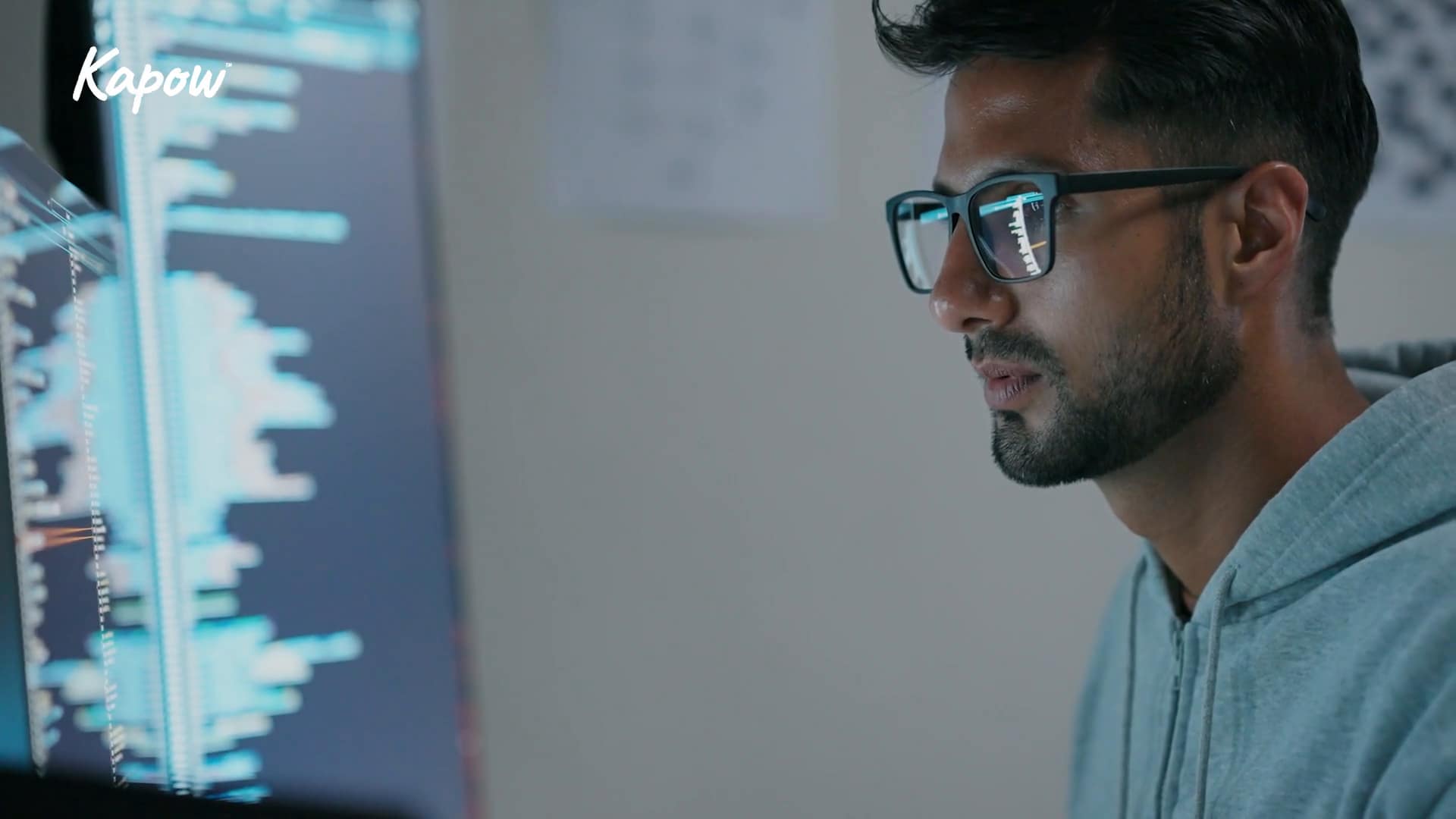
This video introduces teachers to debugging, explaining that it is the process of finding and fixing errors in algorithms.
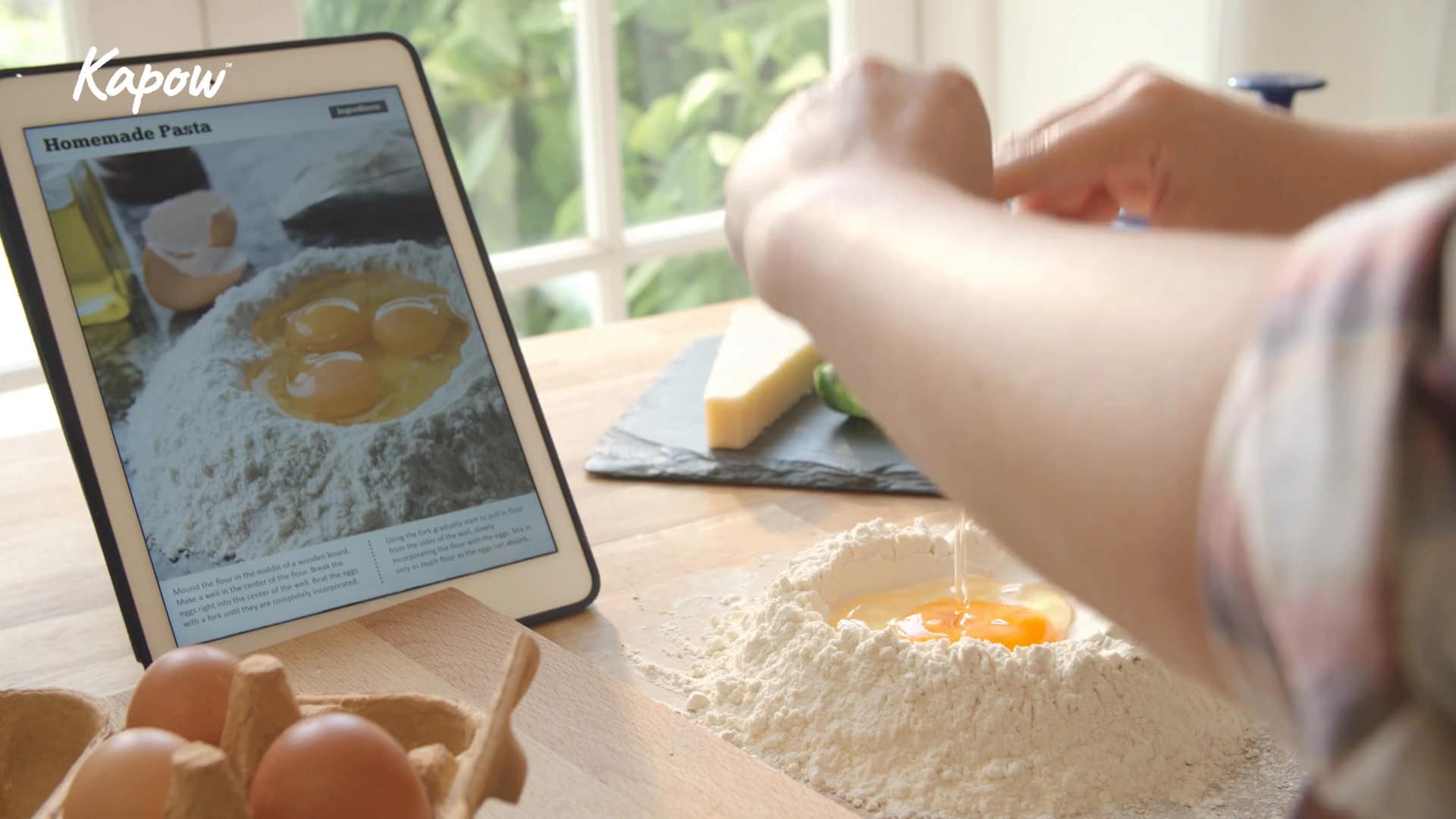
This video explains the difference between commands and instructions, highlighting that they must be clear, ordered and complete to work correctly.
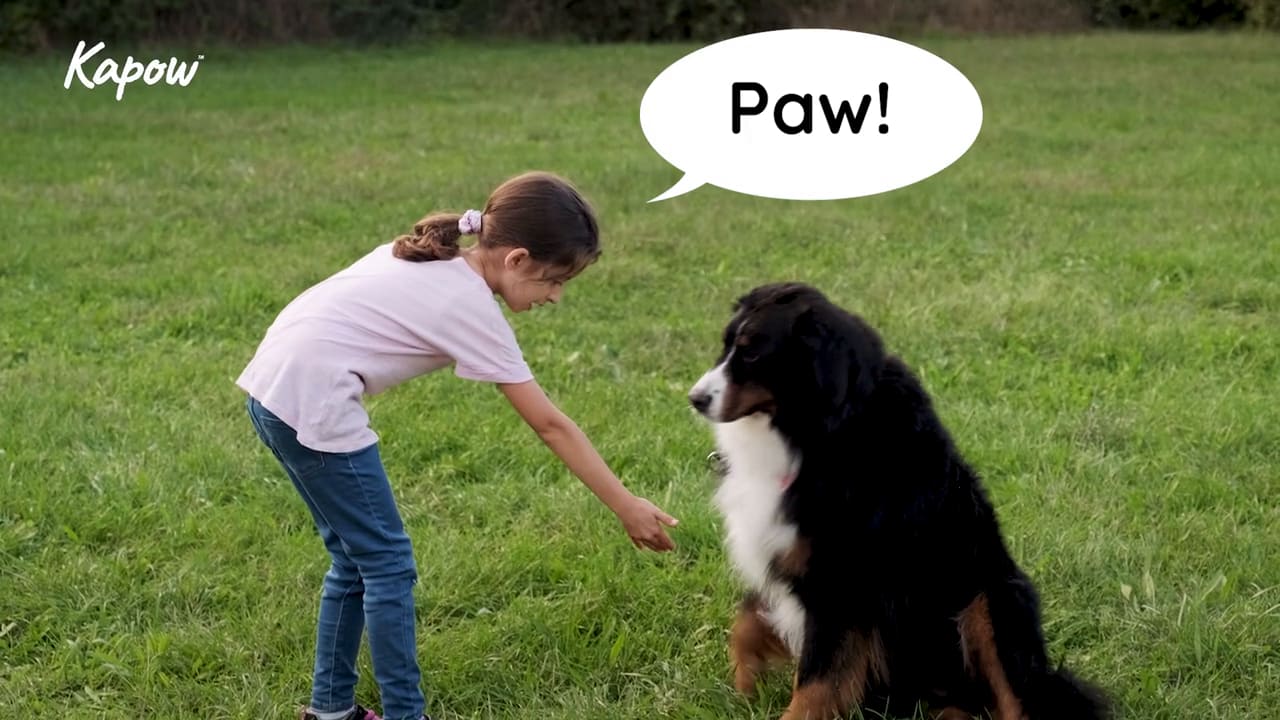
This video introduces the pupils to commands, explaining that they are single actions that tell people, animals and computers what to do.

This video introduces the concepts of commands and instructions, empowering teachers to confidently guide Year 1 pupils in their programming knowledge.
